We’re Turning Wild Animals Into Night Owls by Scaring the Heck out of Them
1 Comment
This Remote Pacific Island Could Become the World's Fifth Dark Sky Sanctuary
Let there be dark: Can Maine attract visitors to its night sky?
Mackenzie visitor number pressures increase
Southern Utah Town Internationally Recognized As Dark Sky Community
|
MediaAvailable for radio/TV/print interviews and appearances relating to astronomy, light pollution, dark skies and more. Contact me! Archives
July 2024
Categories
All
|
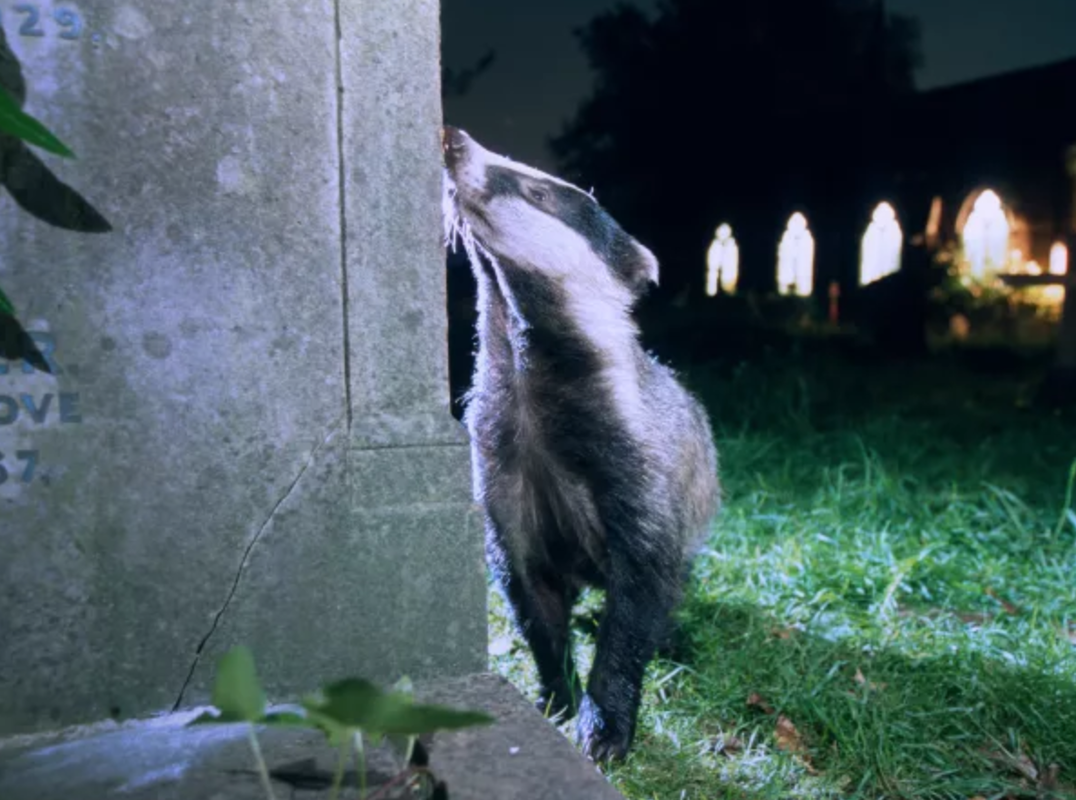
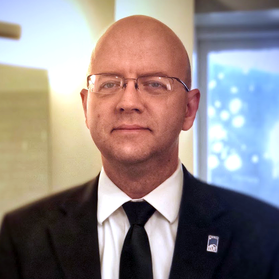
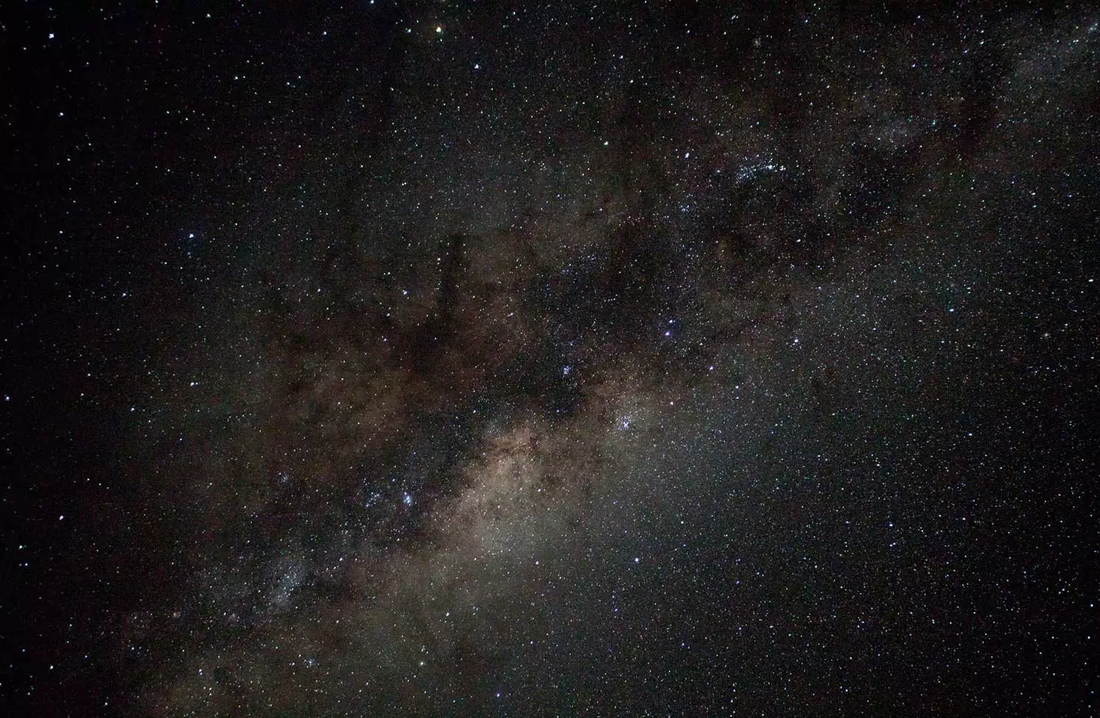
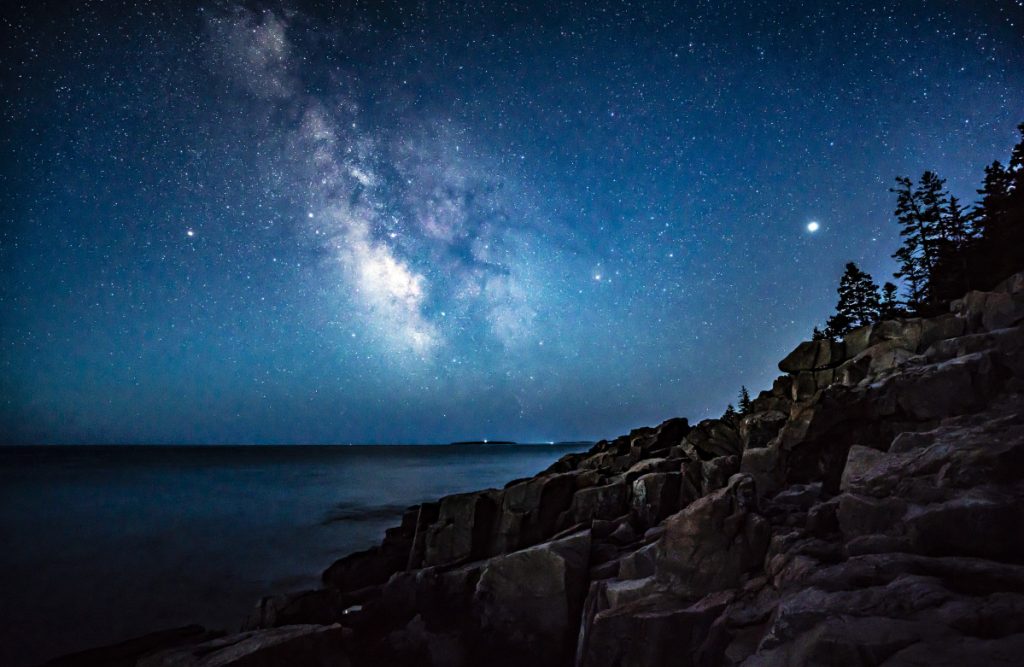
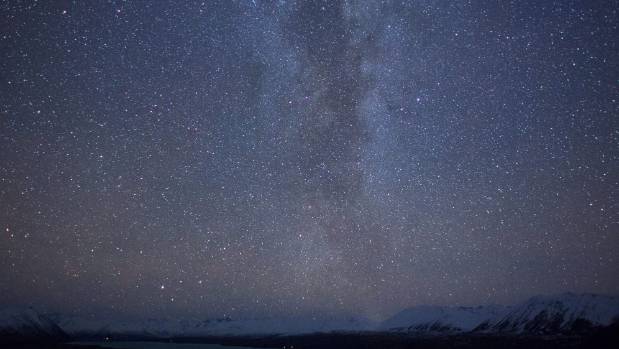
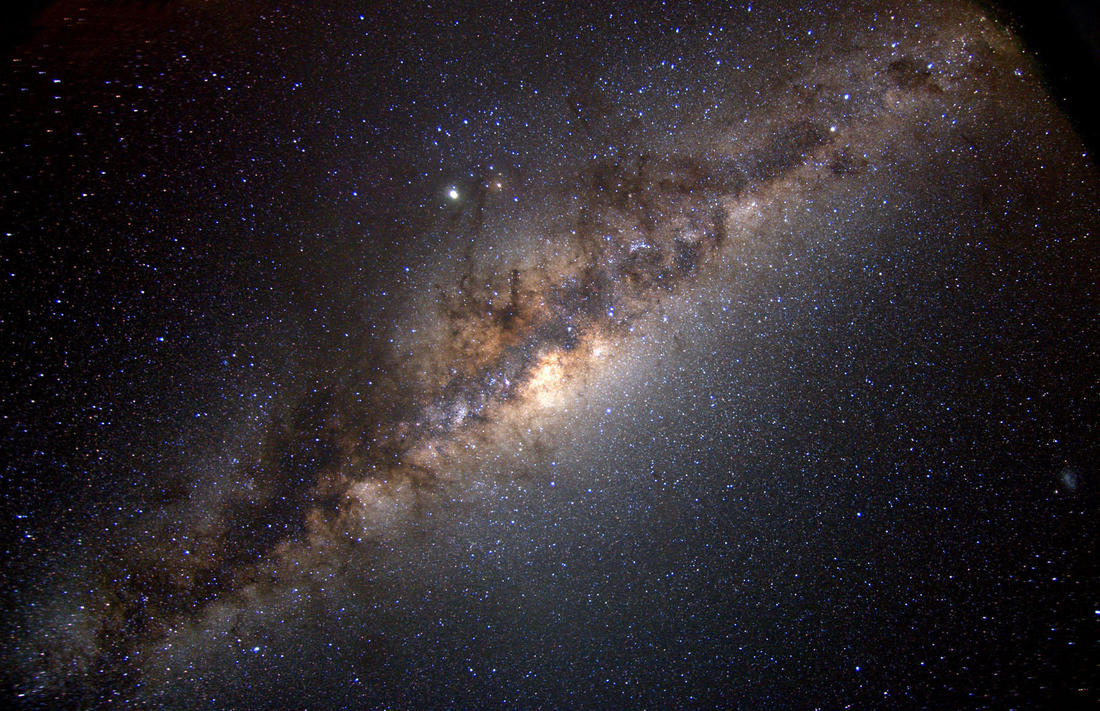
 RSS Feed
RSS Feed